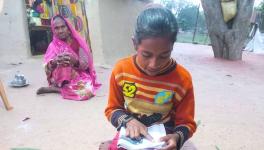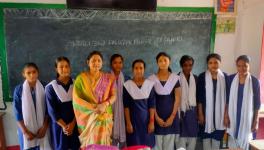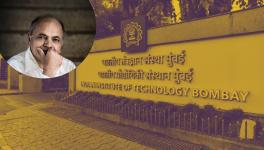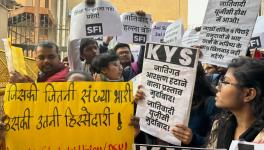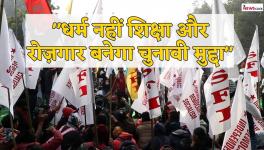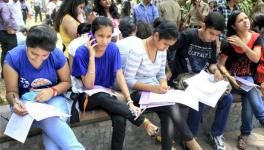India’s Coding Prodigies Versus High Drop-Out Rates
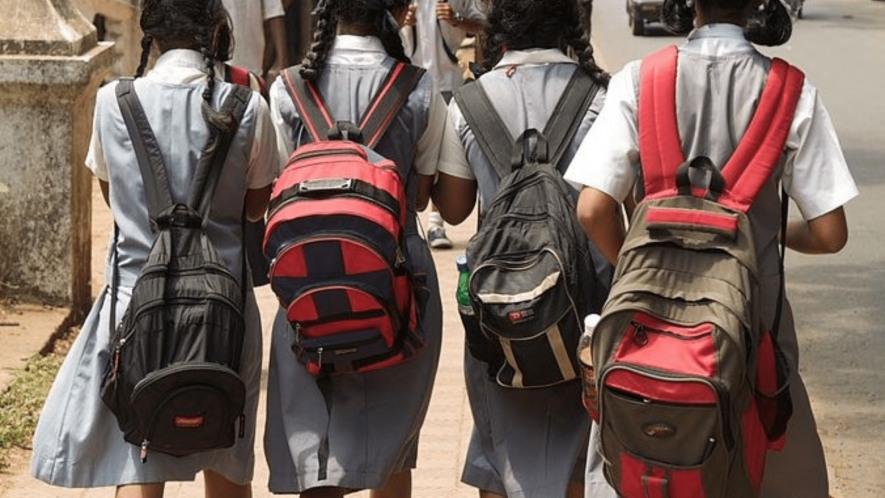
Image Courtesy: Wikimedia Commons
Social media platforms are filled with advertisements that promise to “Teach Your Child Programming Today!” Watch them, and you would find ten or twelve year old marvels building complex algorithms that solve everyday problems. You would also emerge a believer in the Indian schooling system, thinking it equips students with the latest coding techniques, inspiring them to join private ed-tech providers to polish those nascent skills.
This happened during the info-tech boom in the late nineties and early 2000s as well. Numerous TV series featured Indian programmers with IIT degrees working in the United States. These programmers were supposedly inspirations for every Indian student. However, just like today’s Programming Prodigies, they were also a creation of the private education market. Their slick advertising campaigns conceal the actual conditions in Indian education system, which has been steadily under-funded by the state. Meanwhile, the private sector has reaped the rewards of this neglect—a Statista digital market outlook report says that in 2021, Indian online learning platforms generated US$ 3.07 billion revenues.
The most fundamental question is whether India is imparting enough skills in subjects foundational to learn programming skills. Second, are such skills accessible to all students? Is getting equipped to learn coding part of the ‘right to education’ of rural students enrolled in the public schooling system? Even if they could afford a private data science or coding course, would they qualify for such courses?
The data says they would not. Programming requires skills the majority of rural Indian students do not end up acquiring in school. The minimum learning outcomes of standard VIII students has been declining amongst rural government school students (See Figure I). Only 42% of standard VIII students could do divisions, which means more than half do not have basic arithmetic skills.
Another worrisome decline is in reading outcomes—in rural public schools, more than one-third of standard VIII students could not read a standard II text (Figure I).
Figure 1
Source: Authors’ calculations from ASER data, various reports.
Abysmal Transition Rates
Enrolment data shows a positive picture in India, which is heartening, but this data is clouded by the absence of how far a student went within the schooling system. The transition rate provides us with a robust understanding of this aspect. It measures that if 100 students entered a standard IX classroom, how many of them continued from this (elementary) level to secondary schooling.
Data from the UDISE or Unified District Information System for Education clearly shows that between 2016 and 2022, the transition rate remained low for students from the Scheduled Caste and Scheduled Tribe categories. The average for the former was 87% moving from “elementary to secondary”. That is, of every 100 students who finished class IX, 13 did not reach class X. Among Scheduled Tribe students, that ratio is 85:100, meaning 15 discontinued—or took a break—in their school education after class IX.
A related question is, how many who finished secondary education (classes IX to XII) entered the higher education arena?
Figure 2:
Source: Author’s calculations based on UDISE+ data.
On average, between 2016 and 2022, 33 out of 100 Scheduled Caste students, and 37 out of 100 Scheduled Tribe students did not transition into higher secondary. An average of 30% of students—regardless of caste or tribe status—did not pursue higher secondary schooling in rural areas.
This missing student phenomenon must be understood in its context of the socially marginalised.
While the skilled among India’s young workforce are seen as its demographic dividend, a large section of the youth is denied the opportunity to complete their basic education.
The crucial determinant here is the attitude of the ruling dispensation towards expenditure on school education. Is it geared to mitigate existing inequalities in the education sector? The data, again, says no.
Expenditure Decline Amidst Pandemic
We use the expenditure ratio—fund allocated to school education for Scheduled Caste and Scheduled Tribe students compared with total allocation for education. And we examined the enrolment ratio of students from both categories vis-a-vis the total number of students enrolled until class X.
Of every 100 students, on average, only 28 enrolled in a school for the six years between 2016-2022 belonged to these marginalised categories.
Further, an average of 28.6% of overall funding for education was allocated to the Scheduled Caste and Scheduled Tribe students for the four years for which we could find data (2016 to 2020).
During the 2020-21 Covid-19 pandemic, there was a massive decline in the expenditure ratio, from 27.4 to 19.6%. In the following year, the expenditure ratio increased from 19.6 to 23.8%, but it still remained far below the 2020 levels, which was already grossly inadequate.
Figure 3:
Source: Author’s calculations from Expenditure Profile Reports, Government of India, 2017 to 2023.
Scheduled Caste and Scheduled Tribe students need more attention and state funding to bridge the gap in transition rates. Instead, the government cut their education allocations drastically. There can be numerous reasons why students from marginalised backgrounds would drop out of school, but the lack of funding for education exacerbated their distress and hurt learning outcomes.
A primary component of the New Education Policy 2020 was public-private cooperation in the educational arena. The Programming Prodigies advertisements we see on social media are a representative segment of the results of that “cooperation”. We must recognise that the explosion of private ed-tech is not an isolated problem but a systemic one—it encourages the already rampant disregard for public schooling, especially in rural areas.
Ironically, the pursuit for better learning outcomes pushes the marginalised into leaving the public schools. Ed-tech now uses the power of advertising and big money to lure youngsters into learning ‘extra’ skills. Meanwhile, the majority of rural students from marginalised backgrounds cannot access this learning, no matter how well supervised, due to poor learning outcomes at the primary and secondary education levels, combined with their low transition rates.
The state’s withdrawal of funding from school education indicates its apathy towards the brewing crisis. Recall that students from marginalised and poor backgrounds were the last to enter the campuses of India’s IITs. Now, as students from elite backgrounds armed with quality private education take another leap towards progress in elite programming institutes, the public education system is letting down the students who depend on it all over again.
Nidhi C is a post-graduate student of economics and Soham Bhattacharya is an assistant professor at the Dr BR Ambedkar School of Economics University. The views expressed are personal.
Get the latest reports & analysis with people's perspective on Protests, movements & deep analytical videos, discussions of the current affairs in your Telegram app. Subscribe to NewsClick's Telegram channel & get Real-Time updates on stories, as they get published on our website.









